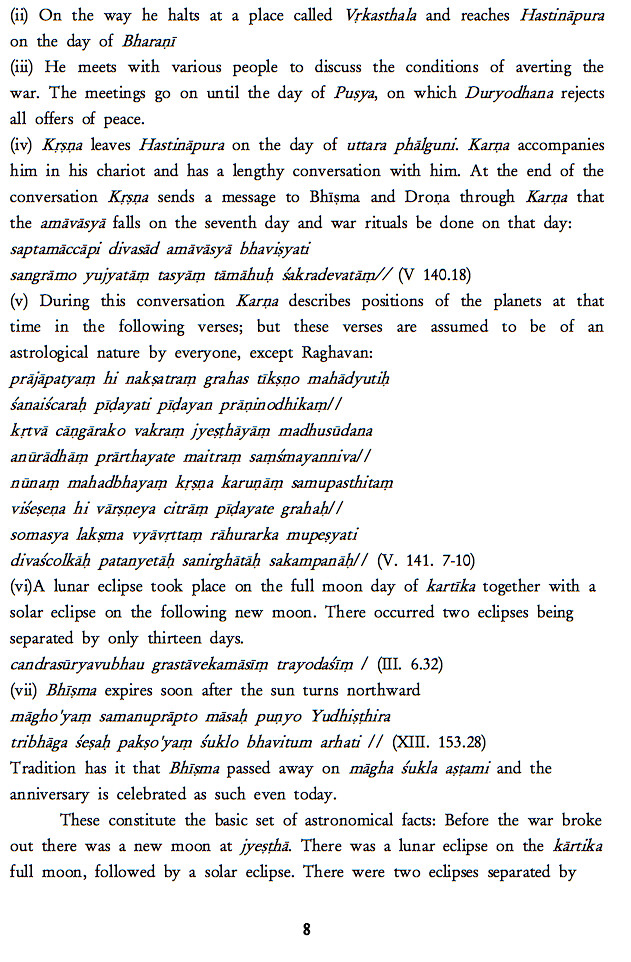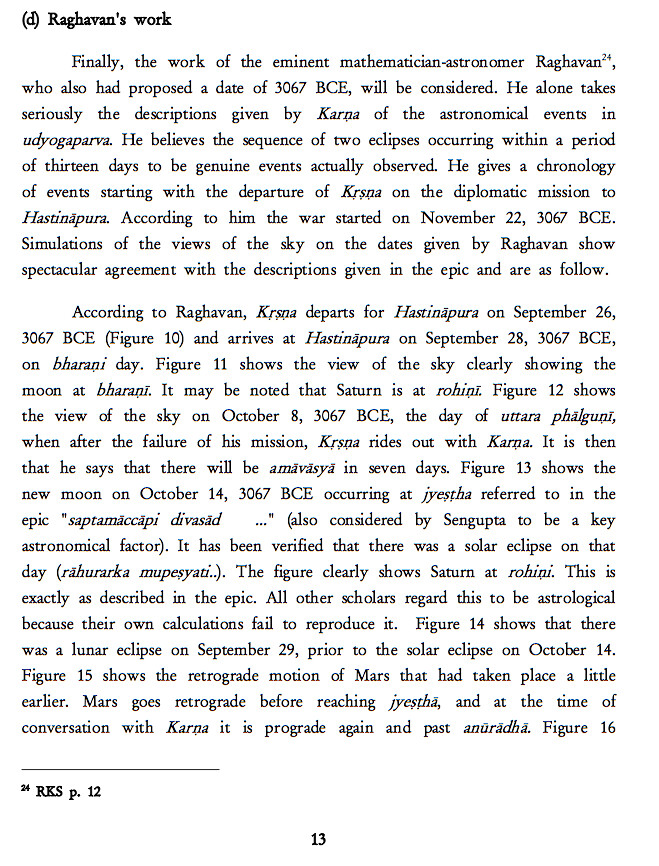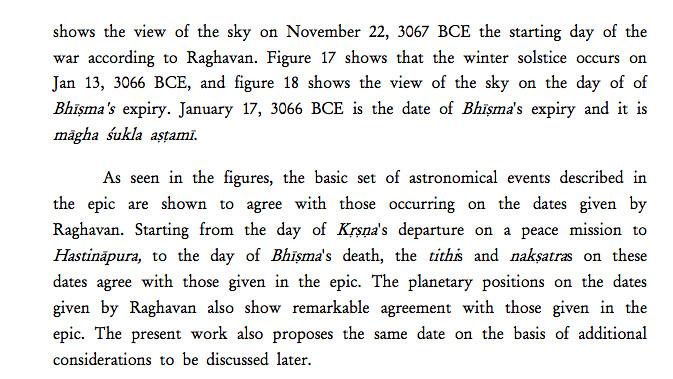I am doing a little "research study" of my own. As a data source I used the following Wiki link that lists cognates that are used in the construction of PIE. I cannot vouch for the accuracy of the cognate word lists, but I wanted to check a particular aspect.
http://en.wiktionary.org/wiki/Appendix: ... pean_nouns
Of the 299 or so words listed I chose 110 words in some categories that I thought may be called likely ancient words and checked on a spreadsheet the percentage of the total of 110 words that had cognates from Sanskrit and other languages. It is ongoing work but the data in spreadsheet form is here:
https://docs.google.com/spreadsheet/ccc ... WlfZHViLVE
Some preliminary observations.
A total of 35 Indo European languages languages contribute to the cognates that make up those 110 words and PIE seems to have been cooked up using elements from all the languages that have cognates so that the PIE word in turn can be used to "explain" how it "led to" the original word in any one of the relevant languages via sound changes if need be. This is the manner in which PIE has been constructed and used.
Among these 35 languages seen in the chart I have posted we have at least one language from every single language family listed in the "PIE family tree" image that I have linked below. We have the Indo Iranian group (Sanskrit, Persian, Avestan, Kashmiri

, Kurdish. The Hellenic group (Greek). Italic group (Latin), Celtic group Irish, Welsh. Germanic (German, English and Norse) Balto-Slavic Serbo Croat, Russian, Polish, Lithuanian, Latvian. apart from Hittiite, Luwian, Tocharan etc.``
PIE language tree image link:
http://andromeda.rutgers.edu/~jlynch/language.gif
The idea behind the spreadsheet is to list the number and percentage of words from each language that contributes to the total 110 words I have chosen.
Now here are my preliminary observations from the results. Sanskrit leads the list in providing cognates to 78% of the 110 words. Greek and Latin are not far behind, with 76 and 72%. The contribution rapidly tails off after the first 11 languages with Avestan contributing only to 50% of words. The 20 plus languages after that contribute from 47 to less than 1% to that word list.
So what does all this mean to me?
You see - languages like Sanskrit and Latin have a 75% plus probability of sharing a cognate with any one of the other 30 plus Indo European languages. Let me call them root languages or core languages (Sanskrit, Latin and Greek)
That brings me to the following observation: Look at the
image I have linked above
Under Indo-Iranian you find Vedic Sanskrit listed as "Indic". It has two sister languages, Avestan and Old Persian. If you look at the timeline that linguists have given us, Vedic Sanskrit is a branch that developed after Old Persian and Avestan. The time gap between the hypothesized "PIE" and Sanskrit is longer than the timeline between the development of Avestan and Old Persian. We are also told by linguists that all languages change and that the longer a language has developed the more it will change. Chnage is inevitable. In other words, the further a language is separated in time from PIE, the more its sounds, pronunciations and words should have changed away from PIE. And vise versa. The closer a language is to PIE, the fewer the difference it should have from PIE.
But you find exactly the opposite in my spreadsheet. Sanskrit retains nearly 80% of cognate words that are used in the reconstruction of PIE. Avestan just manages 50% - and according to linguists theories, less commonality means more change and more change means bigger time gap since it branched off from PIE. But remember - Avestan came before Sanskrit, not after. So it is closer to PIE and should have less change away from PIE. And look at Persian. In my spreadsheet Persian has contributed barely 30% of the cognates. Surely Persia comes long before India on the way from Central Asia. And Mitanni remember - it is according to some theories part of the language that was yet to go to India and yet to become Sanskrit at a time when Rig Veda was yet to be "compiled". So this Persian is alegedly even closer in time to the original PIE. It should have even more cognates because it has had less time to change. But it falls flat at 30%. And Sanskrit - separated from PIE by a thousand years contributes 80% of the cognates, in stark contrast to the 50% of "older" Avestan, and 30% of "even older" Persian - separated from PIE by a piffling 500 years.
What gives. Surely someone is bullshitting. And it's not me. The chart I have provided is from open source material and I have personally counted the cognates using a word editor of course) and charted them. The only way Sanskrit can retain more cognates with an older PIE than Persian and Avestan is for Sanskrit to be older than both those languages. But what does that do to AIT?





